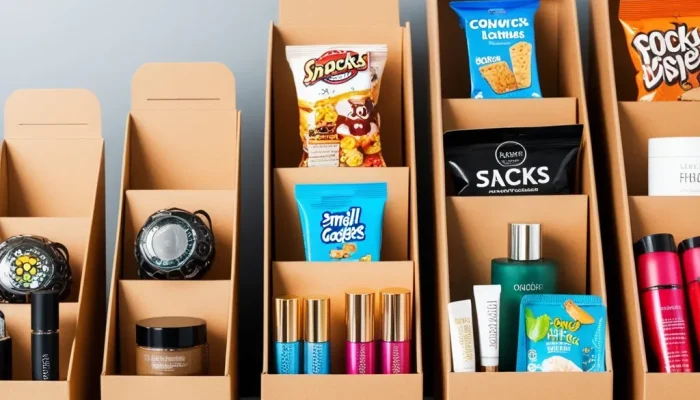When it comes to retail marketing, product display plays a significant role in influencing consumer behavior and driving sales. Among the various display solutions available, cardboard counter display boxes are a popular choice due to their versatility, cost-effectiveness, and environmental sustainability. These boxes not only serve as functional containers but also as powerful marketing tools that can effectively showcase products, attract attention, and enhance the overall customer experience. However, designing an effective cardboard counter display box requires careful consideration of several features to ensure that the display is both aesthetically appealing and functional.
In this article, we will explore the critical features to consider when designing cardboard counter display boxes, covering various aspects such as design, functionality, material selection, and the impact on consumer behavior. By understanding and implementing these features, businesses can create more engaging, efficient, and successful display solutions that enhance product visibility and contribute to sales growth.
Importance of Cardboard Counter Display Boxes in Retail Marketing
Cardboard counter display boxes are essential marketing tools in retail environments. Their strategic placement near checkout counters, aisles, and high-traffic areas offers a unique opportunity to catch the customer’s eye just when they are about to make a purchasing decision. These display boxes not only highlight products but also help in organizing them neatly, making them easy to access and purchase. Therefore, when designing these boxes, it is crucial to consider factors that go beyond simple aesthetics.
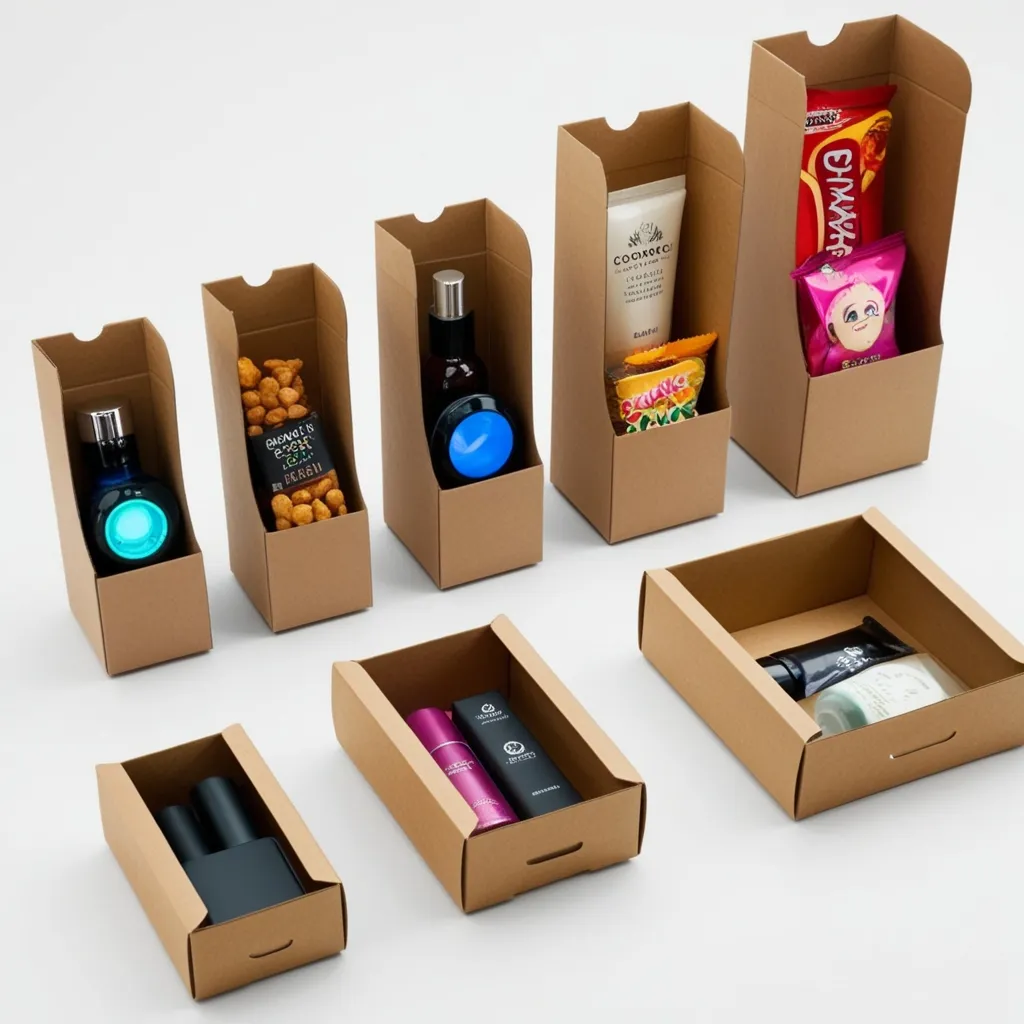

Key Features to Consider When Designing Cardboard Counter Display Boxes
1. Size and Dimensions
The first factor to consider is the size and dimensions of the cardboard counter display box. The box must be large enough to showcase the product effectively but compact enough to fit into the designated retail space without overcrowding it. In determining the right size, the following points should be taken into account:
- Product Size and Quantity: Ensure that the box can hold the product(s) securely without causing damage during transportation or display. The box should have the right dimensions to hold multiple units while preventing the products from shifting or falling out.
- Shelf Space Availability: Assess the available counter or shelf space in the retail environment. If the box is too large, it may overwhelm the space, while a box that’s too small may not attract enough attention.
- Accessibility: The display box should allow customers easy access to the product, encouraging impulse buying. Consider the height of the box and its angle to ensure visibility and convenience.
2. Durability and Material Selection
The durability of the cardboard display box is a critical consideration, especially if the product is heavy or fragile. Corrugated cardboard is commonly used for counter display boxes due to its strength and sturdiness, providing support for various types of products. However, it is essential to choose the appropriate grade of cardboard for the intended use.
- Corrugated vs. Solid Board: Corrugated cardboard offers more strength, especially for heavy products, while solid board is more lightweight and can be used for lighter items.
- Material Coating: The box material should be coated or treated to enhance its resistance to moisture, grease, and other environmental factors that may compromise its integrity.
- Recycled and Sustainable Materials: Sustainability is a growing concern, and many businesses are now opting for recycled cardboard or eco-friendly materials to appeal to environmentally conscious consumers. This not only improves the product’s marketability but also aligns with modern sustainability initiatives.
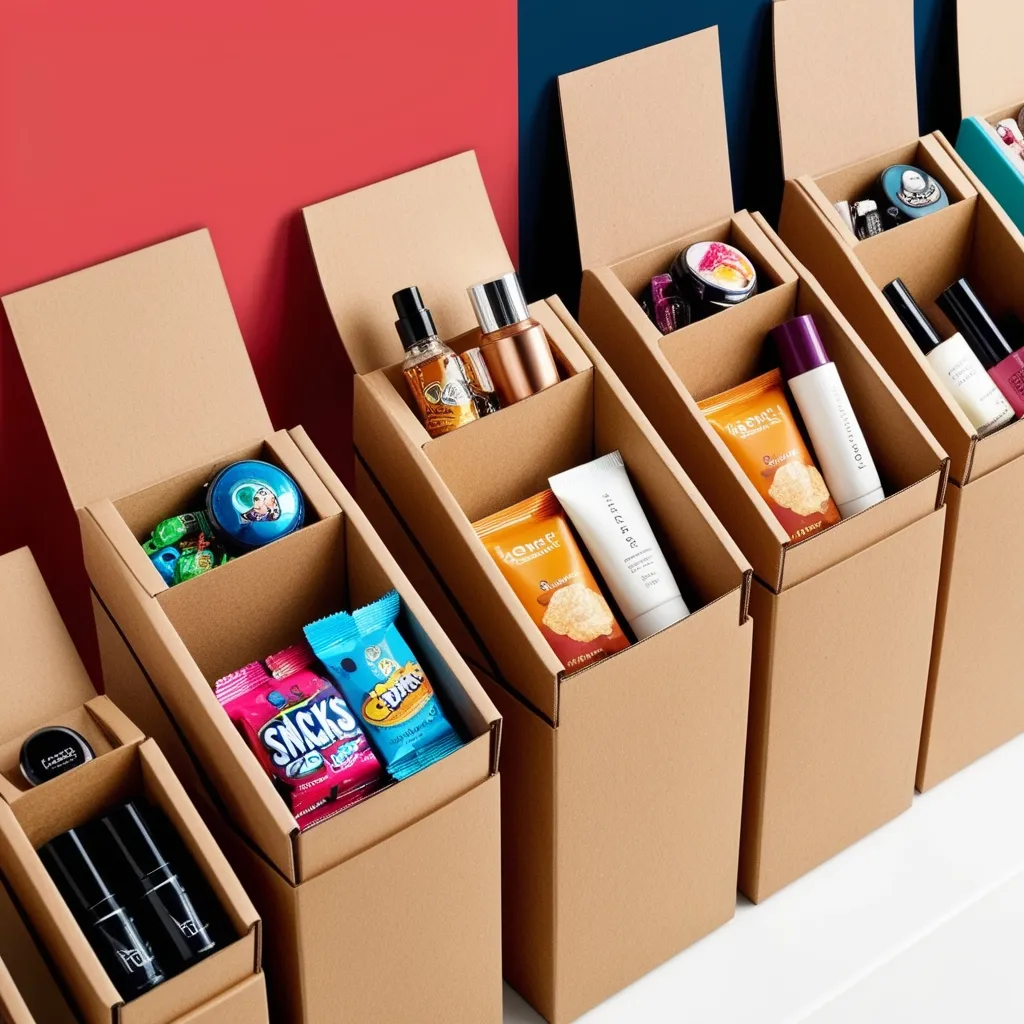

3. Design and Visual Appeal
The visual design of the display box plays a vital role in attracting the attention of potential customers. A well-designed box can serve as a powerful marketing tool, compelling customers to examine the product more closely or even make an impulse purchase. Here’s how design influences effectiveness:
- Brand Identity: The display box should incorporate consistent branding elements, such as logos, colors, fonts, and taglines, that resonate with the target audience. The design should reflect the brand’s overall identity and communicate its message clearly.
- Color Psychology: The color of the display box should align with the product and the brand while considering color psychology. For example, red can evoke excitement, blue can convey trust, and green often signifies sustainability or health.
- Graphics and Imagery: High-quality graphics and images that highlight the product’s features, benefits, and usage can be a key element in attracting consumer attention. The images should be clear and professionally designed to maintain a premium look.
- Typography: The use of legible fonts with the right font size is crucial. Too much text can overwhelm the consumer, while too little can leave them uninformed about the product.
4. Easy Assembly and Transportation
Another practical consideration is the ease of assembly and transportation. Retailers need display boxes that can be assembled quickly without the need for specialized tools or knowledge. Additionally, they should be easy to pack and transport without damage. Some key points to consider include:
- Flat-Packed Design: Flat-pack designs are often preferred because they save on storage space and reduce shipping costs. They can be easily assembled at the point of sale with minimal effort.
- Pre-Scored Creases: For easy folding and quick assembly, include pre-scored creases on the cardboard, allowing the box to be set up without tools or tape.
- Stackability: Display boxes should be designed to be stacked if needed, providing easy transportation and placement in retail locations.
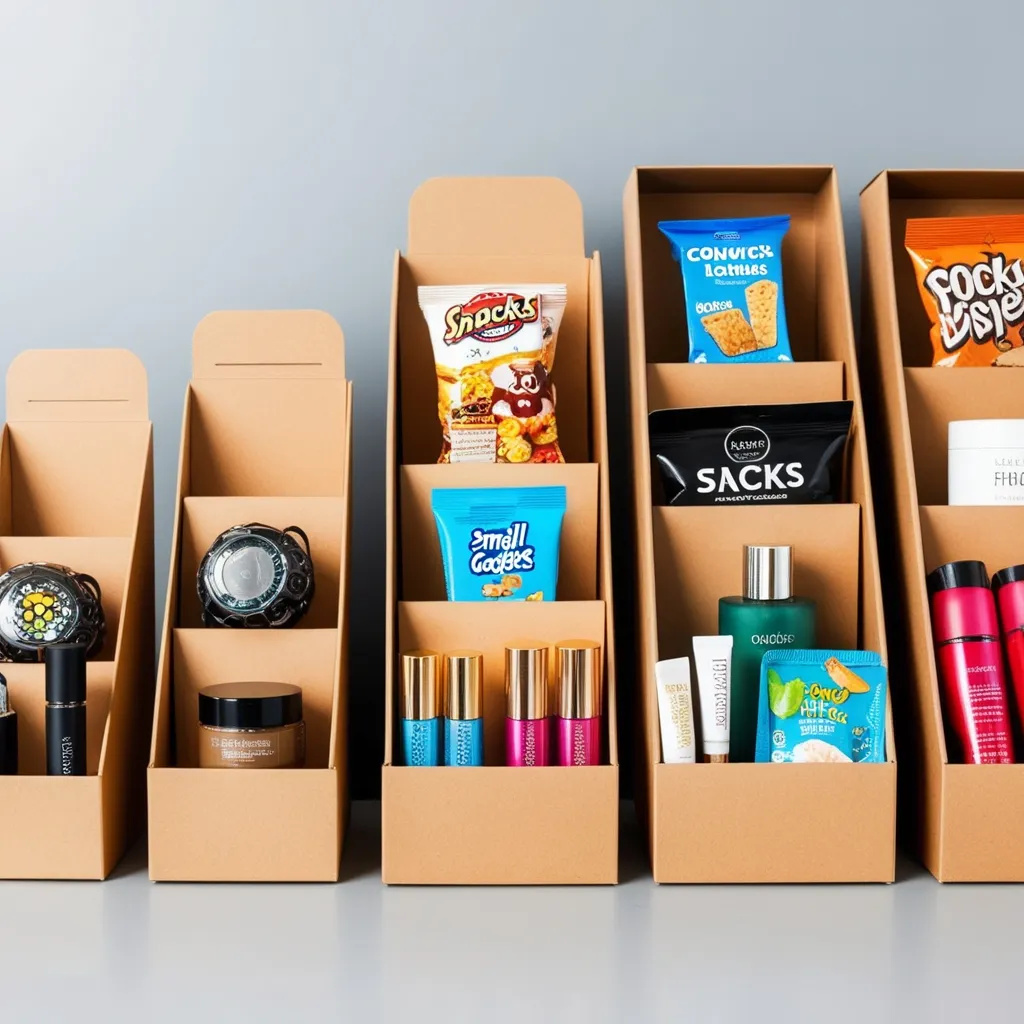

5. Functionality and Product Accessibility
Beyond aesthetics, functionality is key to a well-designed display box. The product must be easily accessible to customers. This includes factors like:
- Openings and Cutouts: Cutouts and perforated openings can help customers easily grab the product while also showcasing the product in a way that’s visible from multiple angles.
- Clear Visibility: The product should be clearly visible from outside the box. This might involve designing the display with windows or transparent sections, especially for items that benefit from tactile engagement or visual inspection.
- Multi-Product Displays: If the box displays multiple items, compartments or dividers can help organize the products, keeping them neat and accessible while preventing them from being jumbled together.
6. Marketing and Promotional Features
Effective marketing and promotion are essential to drive sales through cardboard counter display boxes. Incorporating promotional elements on the display can significantly enhance product visibility and encourage purchase behavior.
- Discounts and Promotions: Use the display box to feature special offers, such as “Buy One Get One Free” or “Limited Time Discount.” These messages should be prominently displayed to entice consumers.
- Call-to-Action (CTA): A strong CTA, such as “Grab Yours Now” or “Limited Stock,” can prompt customers to make an immediate purchase.
- Interactive Features: QR codes or NFC tags on the box can encourage customers to scan for more information or exclusive offers, enhancing the customer experience.
Best Practices for Designing Cardboard Counter Display Boxes
7. Tailoring to Consumer Preferences
Understanding your target market is essential when designing an effective display box. Consider these factors:
- Target Audience: Whether your customers are young adults, parents, or professionals, tailor the display design to match their preferences, values, and lifestyles.
- Seasonal and Regional Trends: Customize the design for seasonal events, holidays, or cultural trends. For example, during holidays, you might add festive graphics or colors to align with the holiday spirit.
- Product Type Considerations: Different products require different types of display boxes. For example, beauty products might require smaller, more compact boxes, while tech products may need larger, sturdier designs.
8. Cost-Effectiveness and Budget Considerations
While designing a visually striking and functional display is crucial, it must also align with your budget constraints. Consider these aspects to keep the costs manageable:
- Material Selection: Opt for affordable yet durable materials like corrugated cardboard, and choose cost-effective printing methods to achieve a high-end look without excessive costs.
- Design Complexity: The more complex the design, the higher the production costs. Aim for a balance between functionality and simplicity to maintain a reasonable budget.
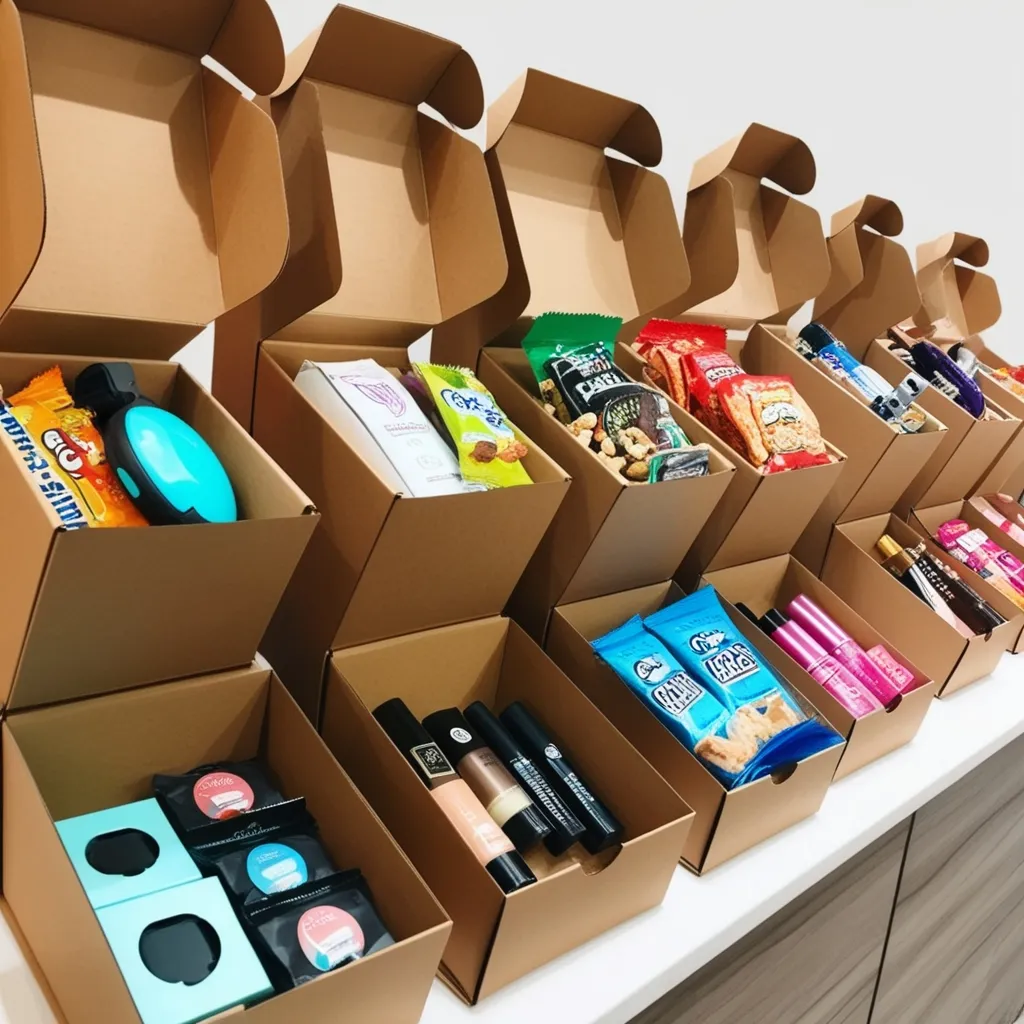

Conclusion
In conclusion, designing effective cardboard counter display boxes requires a multifaceted approach that takes into account various factors such as size, material selection, visual appeal, functionality, and cost-effectiveness. A well-designed display box can not only help showcase products effectively but also drive sales and enhance brand visibility. By understanding and applying these key features, businesses can create compelling and functional display boxes that maximize their retail presence and customer engagement.
FAQs
Q1: How do I choose the right size for my cardboard counter display box?
The right size depends on the dimensions of your product and the available shelf space. Ensure the box can hold the product securely and is easy to access while fitting well into the retail environment.
Q2: Can I use eco-friendly materials for my display boxes?
Yes, opting for recycled cardboard or sustainable materials is an excellent way to appeal to environmentally conscious consumers while promoting sustainability.
Q3: How can I make my cardboard display box stand out on the counter?
Use bold color schemes, clear branding, and high-quality graphics to attract attention. Including interactive elements like QR codes can further engage customers.
Q4: How important is product visibility in the design of a cardboard display box?
Product visibility is crucial. Make sure your products are clearly visible to customers through cutouts, transparent windows, or openings that allow easy access.
Q5: How do I ensure my display box is durable enough for retail use?
Choose corrugated cardboard for added strength, and consider coating or treating the material to enhance its resistance to moisture and environmental factors.

